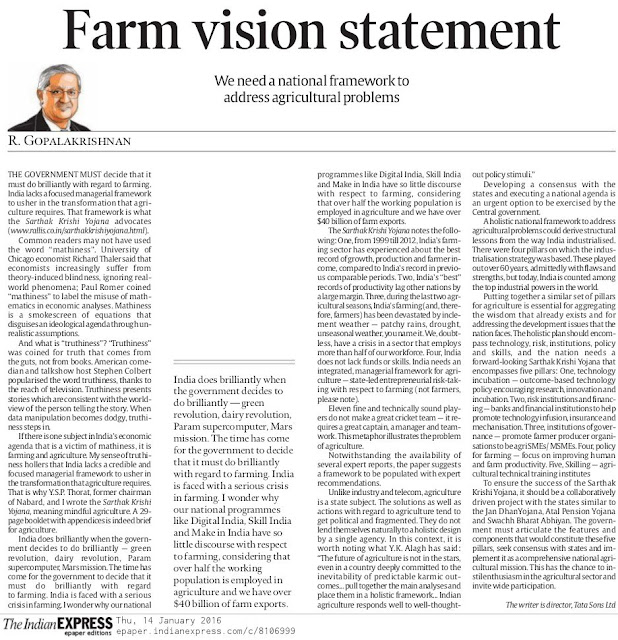India Tech Vision-2035 India's technology thinktank under the ministry of science & technology has come out with `Technology Vision 2035' here at the ongoing Indian Science Congress, identifying the challenges ahead and how they can be dealt with through technological interventions while realising the dream of a developed India by the year 2035. The thinktank -Technology Information, Forecasting and Assessment Council (TIFAC) -in the vision document lists a technology roadmap for India, giving details of 12 sectors and technologies that in some cases exist but need to be deployed, some in the pilot stage that must be scaled up and technologies in R&D stage. It, in fact, talks about many future technologies, ranging from flying cars, real time translation software, personalised medicine, wearable devices, e-sensing (e-nose and e-tongue) to 100% recyclable materials among others which may be used in different areas to solve day-to-day problems “The trajectories del...




















Comments
Post a Comment